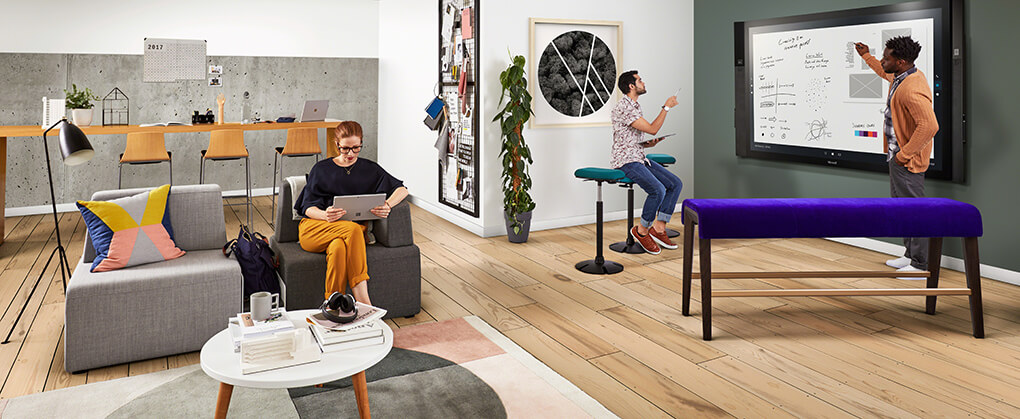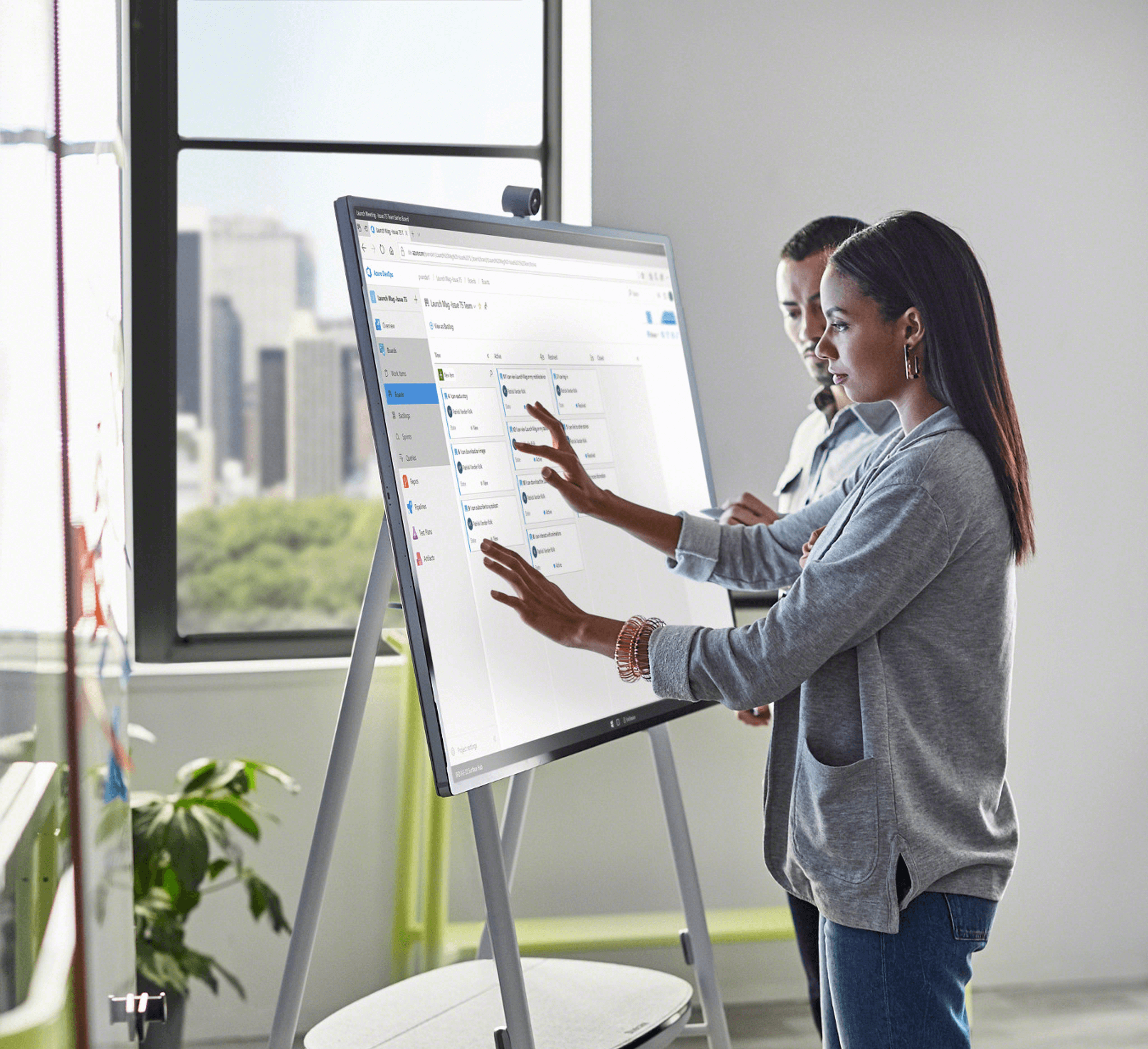Stressed at work? Take a breath. You are not alone.
While the World Health Organization (WHO) is just now recognizing burnout, a result of stress, as an “occupational phenomenon,” the conversation around wellbeing at work is not new. The good news—there are more ways than ever to help people think, feel and move better at work.
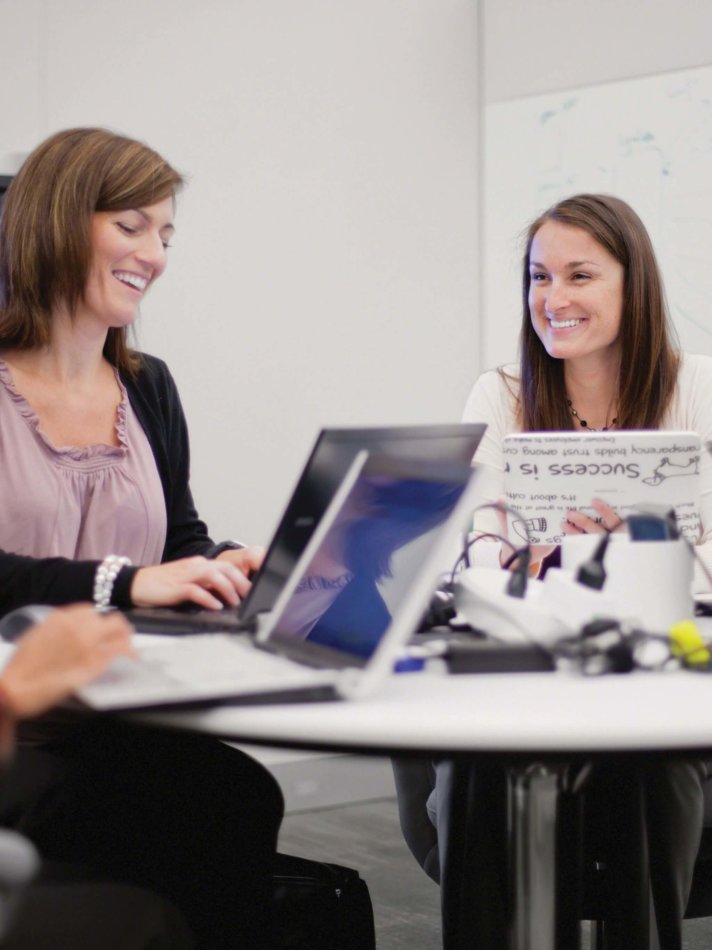
WHO described burnout as “resulting from chronic workplace stress that has not been successfully managed.”
WHO says you may be experiencing burnout if you feel:
- Energy depletion or exhaustion
- Increased mental distance, negative feelings or cynicism related to your job
- Less productive at work
Thanks to the powerful studies of Rand Corp., Harvard Medical School and the University of California in Los Angeles, highlighting the extent of workplace stress and its impact on physical and mental health, there’s a lot we already know about how to feel better at work—mentally, physically and emotionally.
Here’s some tips to avoid burnout:
Fuel the brain
The relationship between physical activity, creativity and collaboration is vitally important. There’s no denying our body fuels our brain. The research around this mind-body connection continues to grow—Stanford University even found that walking increased creative output by an average of 60%. On the flip side, sitting can slow brain activity. Find ways to encourage people to set aside passive, sedentary behaviors for more active, physical engagement with colleagues and information to generate better ideas.
Perching or standing signals active engagement and participation while large-scale collaboration technology lets people physically connect with content.
Find private time
We also know people can’t be “on” all the time. The best workplaces support teams while nurturing the needs of individuals. People need a place to breakaway. Sometimes they need to focus and other times they just need to let their mind wander. It’s these moments of solace when the brain can make serendipitous connections that lead to fresh ideas and new ways to approach problems.
Simple to install and easy to move, stand-alone office pods create private and enclosed spaces – free from distractions – for individuals to focus, or provide a spot for groups to collaborate within an open environment.
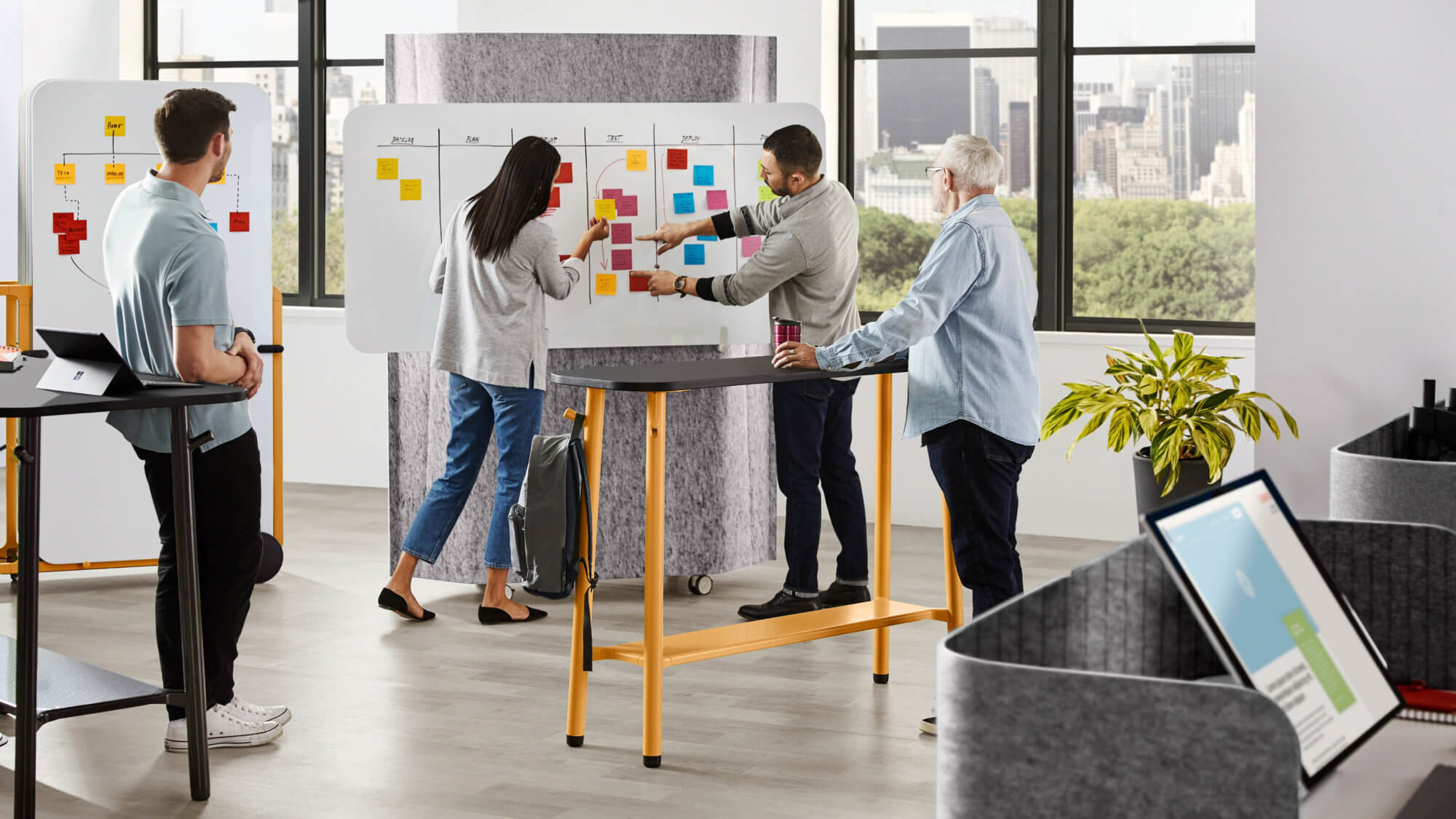
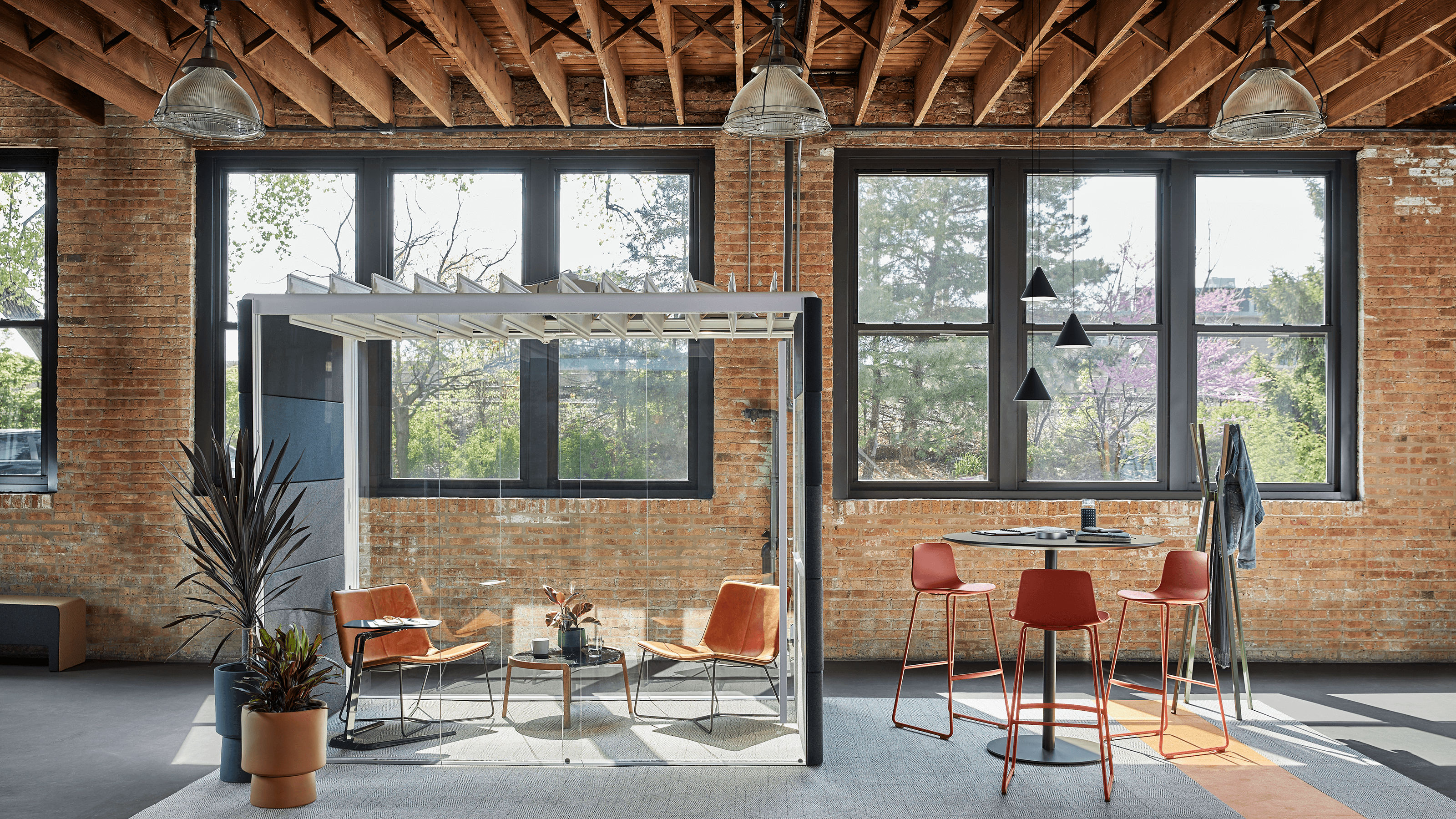
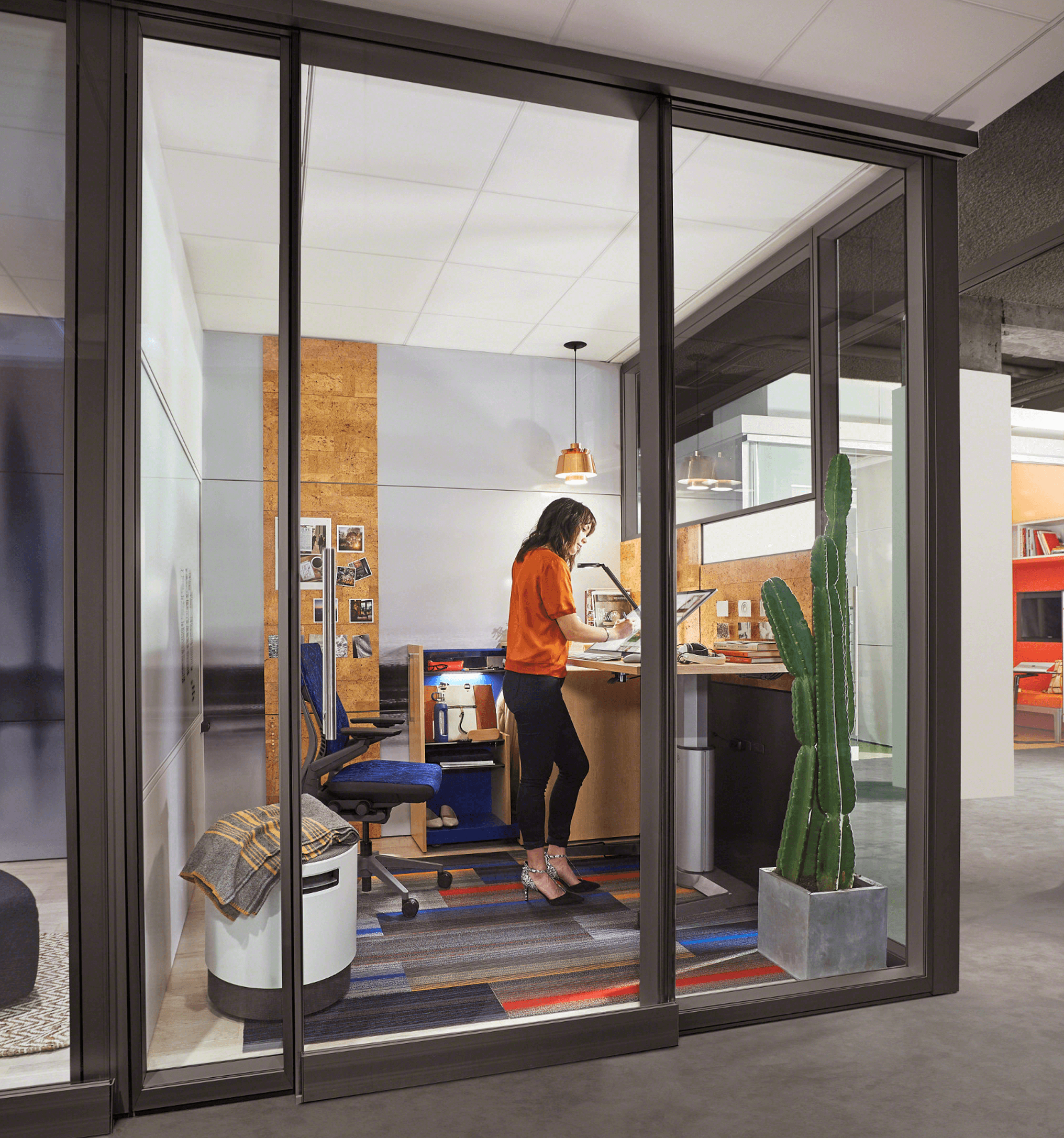
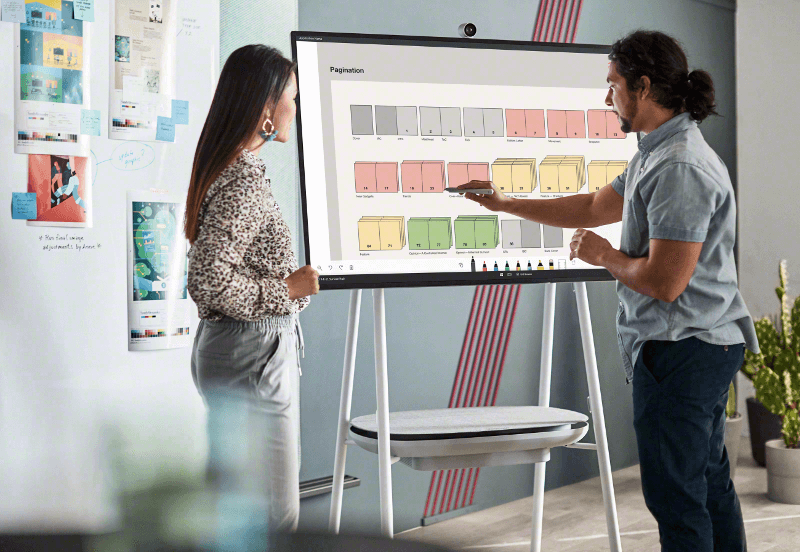
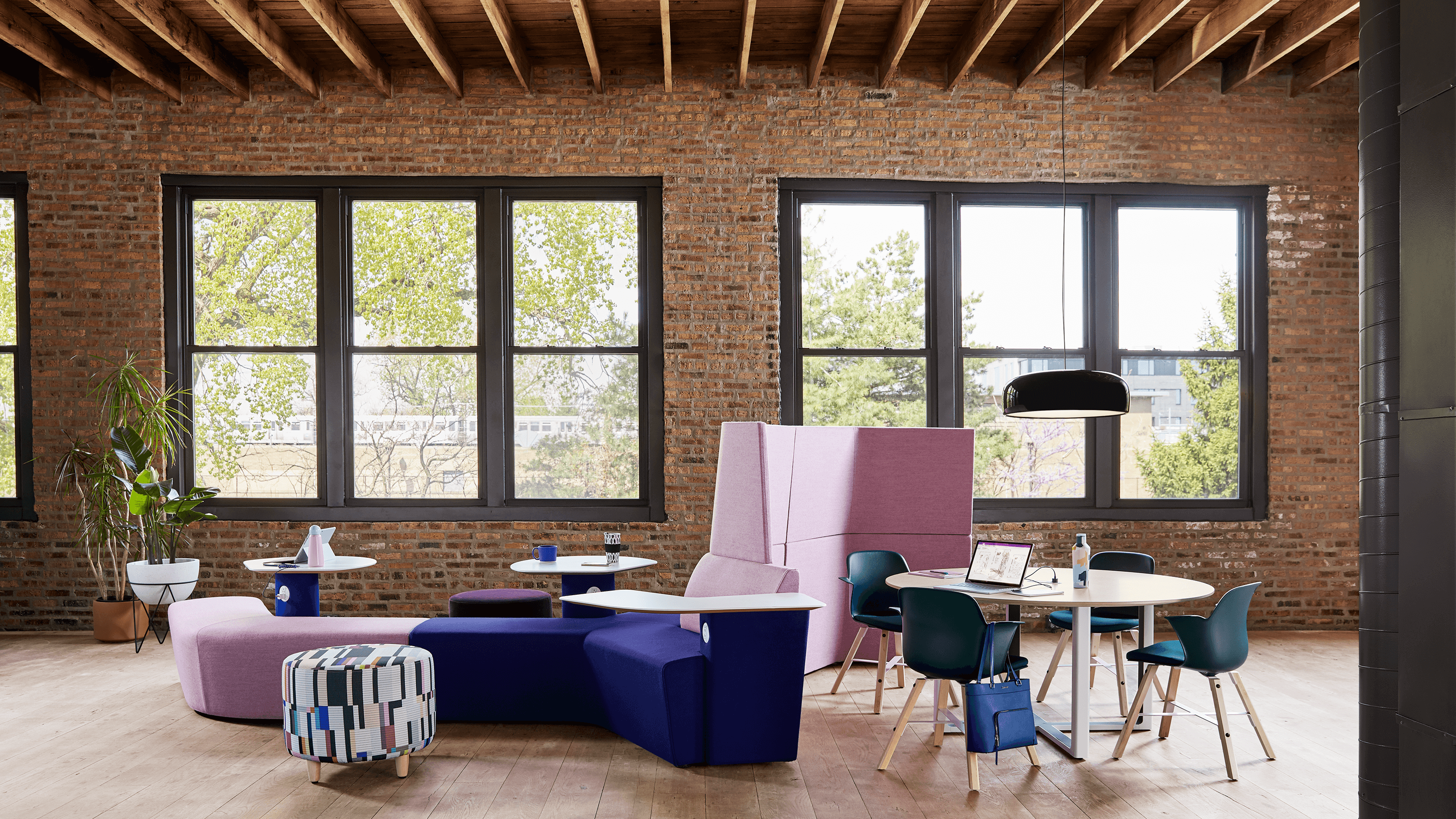
Get active
The rise of ergonomics in the 1980s has put forth a tremendous amount of research around how to support the body at work. The bottom line—people need more than a chair they can adjust. They need the ability to change their posture throughout the day and they need to be encouraged to do so. The good news is there are more ways than ever to help people remain active and energized at work.
Create spaces that can be rearranged on demand. Moveable desks, tables, whiteboards, carts, space dividers and accessories that can be adjusted by anyone make it easy to move from one activity to the next.
By letting teams easily move their displays from one spot to the next without disrupting flow, you can encourage active participation in meetings and let collaboration happen anywhere.
Steelcase also offers an application coupled with Active Touch controllers on height-adjustable desks and benches . All you have to do is set preferences for how often you want to stand. Then, it provides subtle reminders throughout the day and tracks how often you sit and stand.
Seek social connections
At its core, work is a social endeavor. People are happier at work when they have meaningful relationships and a sense of belonging. The workplace is an important tool to encourage social connections.
Provide a collection of social spaces so people can quickly switch from formal to informal conversations or spontaneous exchanges and ensure those places are not only inspiring, but can also perform.
Don’t forget to embed technology that helps people feel closer to their distributed team members.
Advance your purpose
In addition, we know people feel more engaged when they understand how their work connects to a bigger purpose. Whether purpose manifests in social impact or by advancing the larger business strategy, people want to feel like their work matters. The workplace can provide visual cues and reminders about an organization’s values and what’s being done to achieve its overall goals.
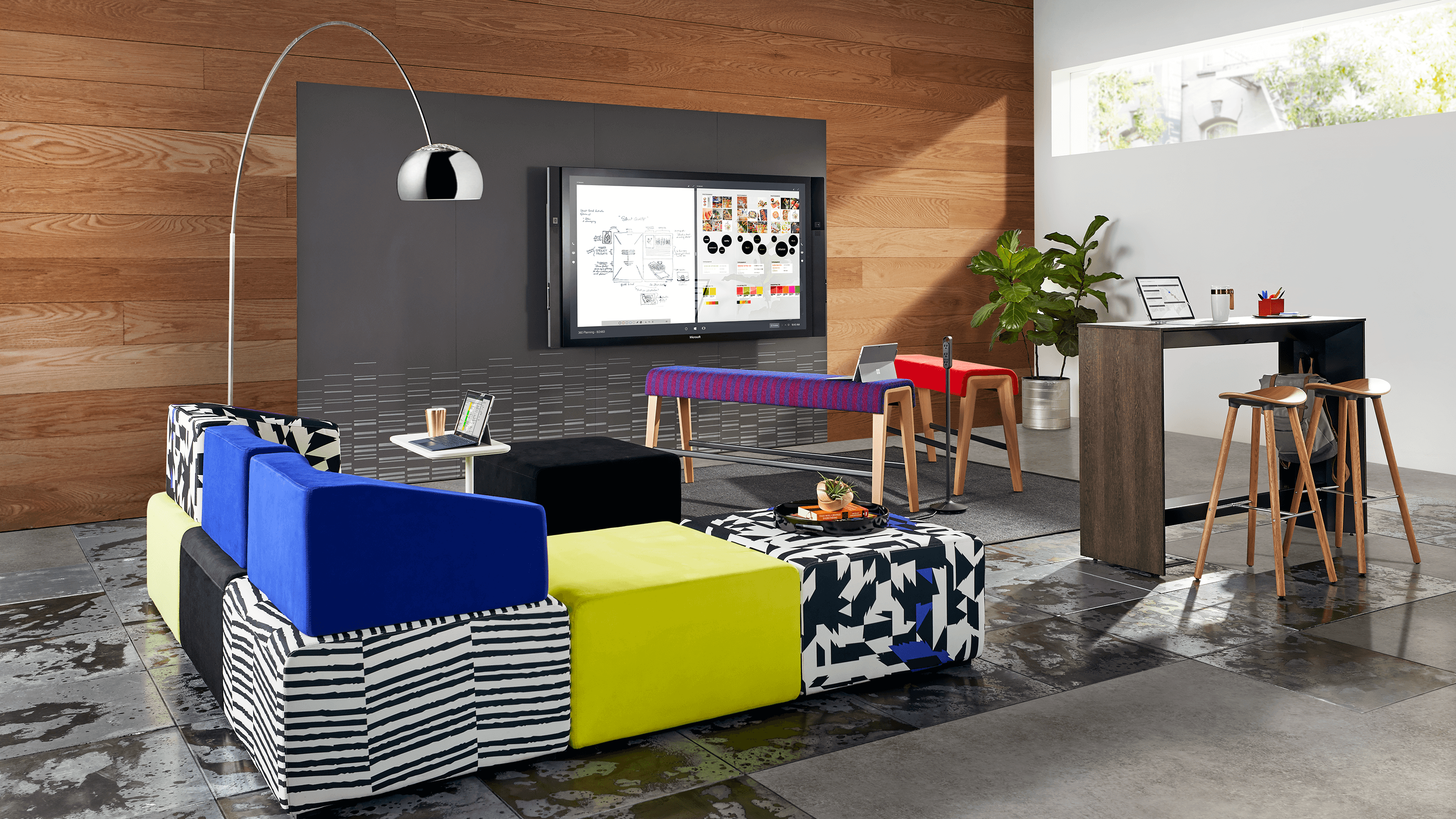
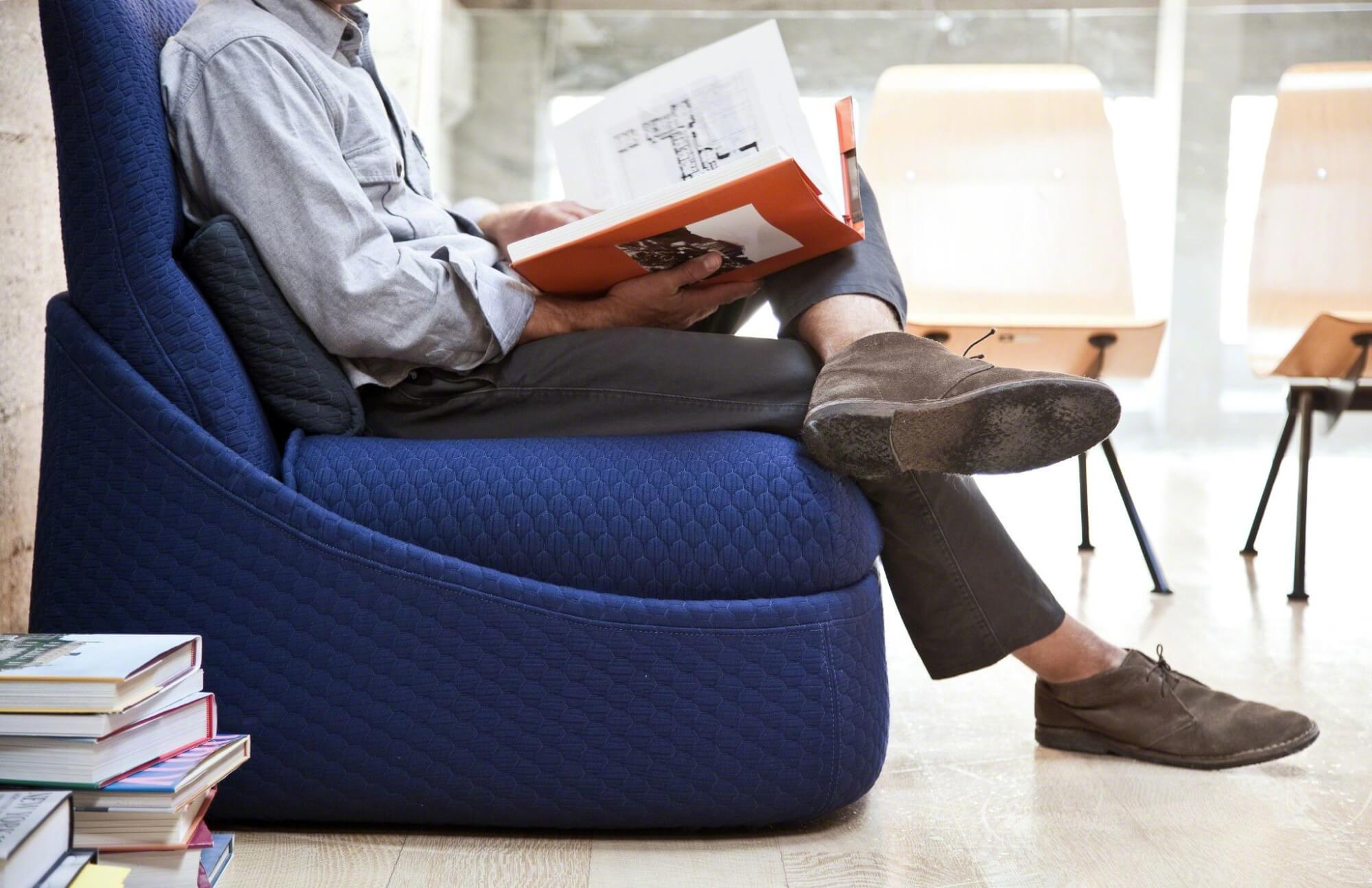
To know everything about tomorrow’s world of work, we strongly recommend the ultra-documented reading, the 306° magazine of our partner Steelcase!



